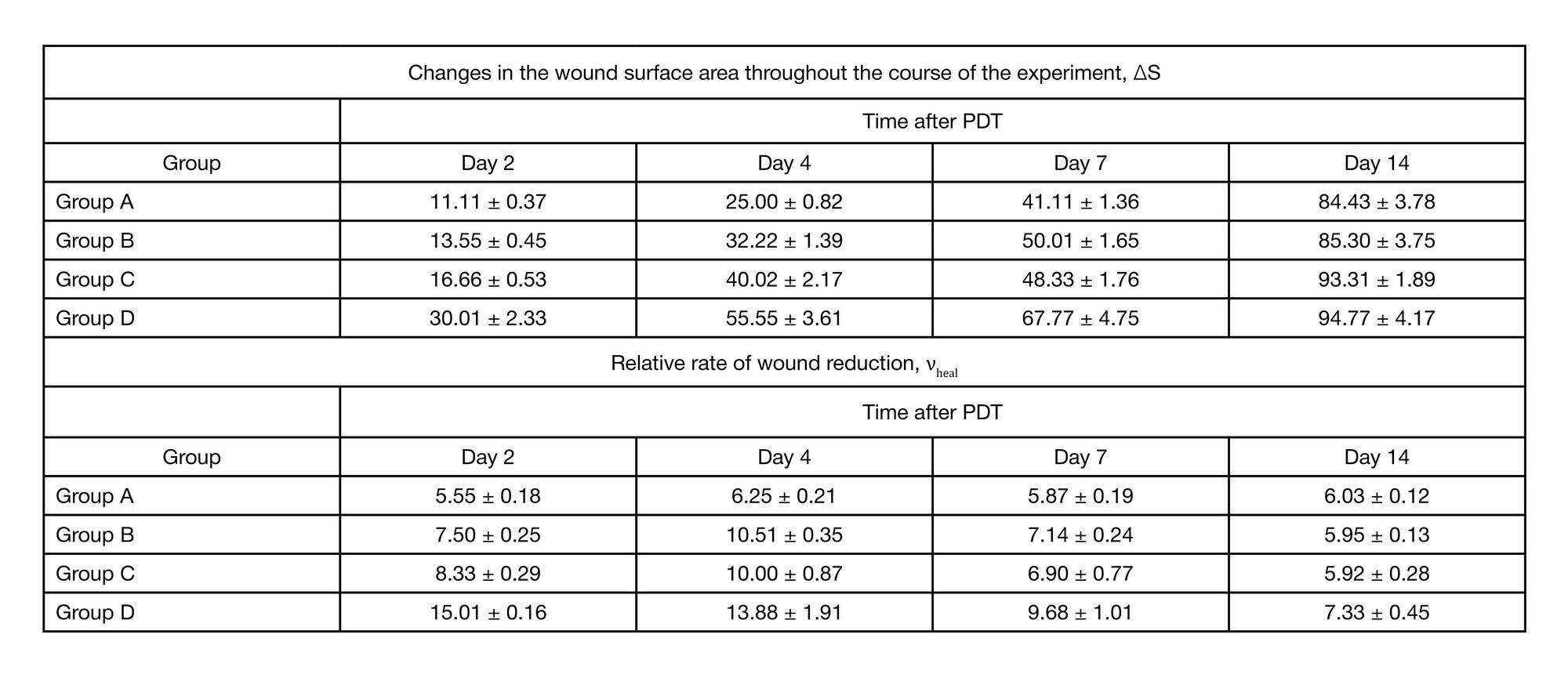
ORIGINAL RESEARCH
The use of antimicrobial photodynamic therapy mediated by MC540 in the infected wound model
1 Department of Medicinal Chemistry and Toxicology, Pirogov Russian National Research Medical University, Moscow
2 Laboratory of Biological Research. Institute for Translational Medicine, Pirogov Russian National Research Medical University, Moscow
3 Department of Medical Cybernetics and Informatics, Biomedical Faculty,Pirogov Russian National Research Medical University, Moscow
4 Laboratory for the Ecology of Pathogens, Gamaleya Federal Research Center for Epidemiology and Microbiology, Moscow
Correspondence should be addressed: Tatiana Shmigol
Ostrovityanova 1, Moscow, 117997; moc.liamg@hsithsitat
Funding: this study was supported by the Russian Foundation for Basic Research (Project ID 16-33-00970 mol_a).




